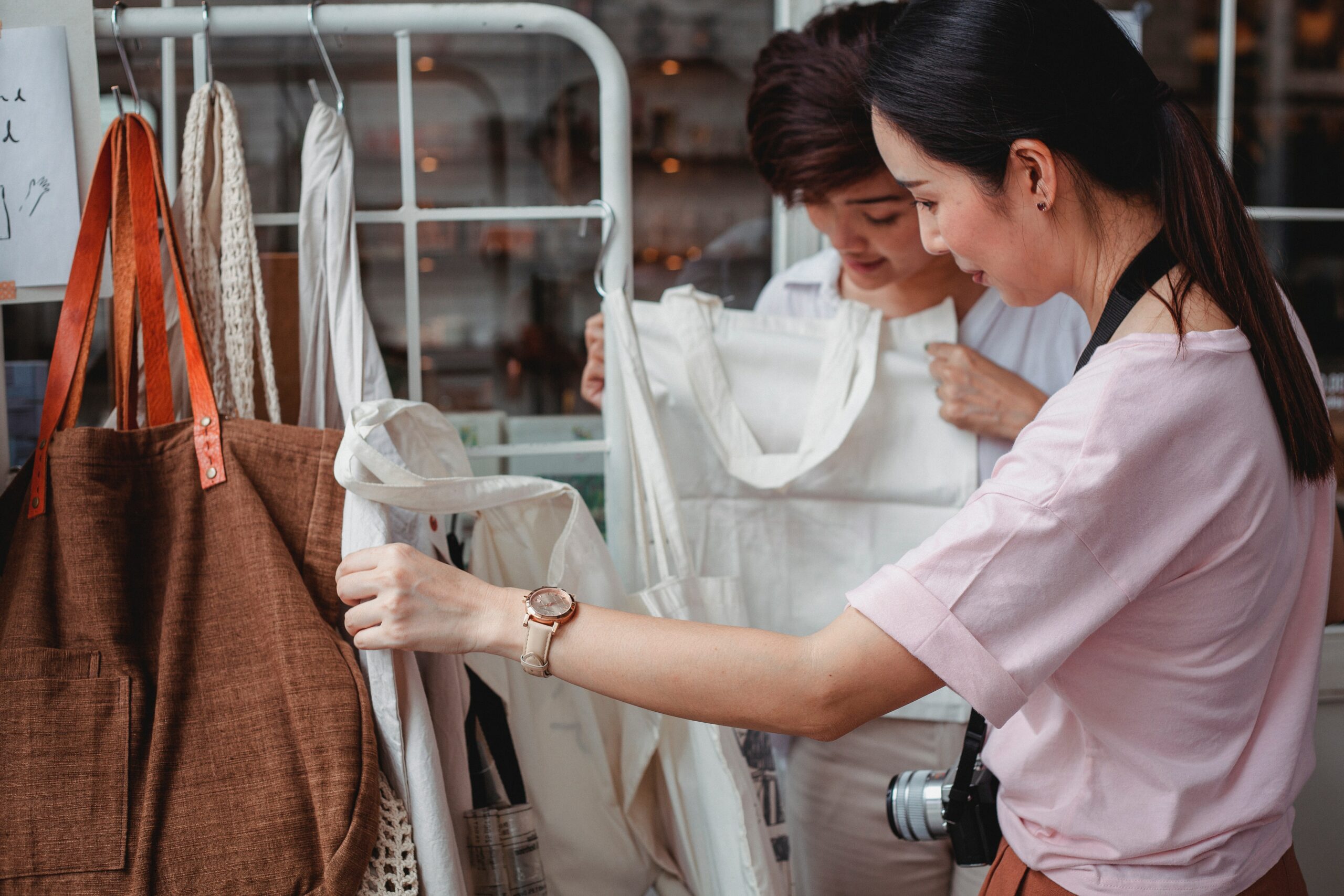Fashion is one of the most significant industries globally, with trillions of dollars in sales every year. However, it is also one of the most polluting and wasteful industries, contributing significantly to environmental degradation and social injustice. The good news is that ethical and sustainable fashion practices and brands are on the rise, and consumers are becoming more conscious of their impact on the planet and society. In this blog, we will explore the concept of sustainable fashion, the rise of ethical and sustainable fashion practices and brands, and how you can shop and dress more sustainably.

What is sustainable fashion?
Sustainable fashion is an approach to the design, production, and consumption of clothing, accessories, and footwear that aims to minimize the negative impact on the environment and society. Sustainable fashion involves using eco-friendly materials, reducing waste, promoting fair labor practices, and adopting a circular economy approach to production.
The rise of ethical and sustainable fashion practices and brands
In recent years, there has been a growing interest in ethical and sustainable fashion practices and brands. Consumers are becoming more aware of the negative impact of fast fashion on the environment and society, and they are seeking alternatives that are eco-friendly, socially responsible, and transparent. Ethical and sustainable fashion practices and brands are emerging to meet this demand, offering products that are made with sustainable materials, produced with fair labor practices, and designed to last.
Some of the most popular sustainable fashion practices and brands include:
1.Eco-friendly materials: Brands are using eco-friendly materials such as organic cotton, bamboo, hemp, and recycled materials to reduce their environmental impact.
2.Fair labor practices: Brands are adopting fair labor practices, ensuring that their workers are paid a living wage, have safe working conditions, and are treated with respect.
3.Transparency: Brands are becoming more transparent about their production processes, providing information on their supply chain, and the environmental and social impact of their products.
4.Circular economy: Brands are adopting a circular economy approach to production, designing products that can be recycled, repaired, or reused, reducing waste and promoting a more sustainable approach to fashion.
How to shop and dress more sustainably
Buy less, but better: Invest in quality pieces that will last longer, rather than buying lots of cheap, disposable fashion.
Choose eco-friendly materials: Look for products made with eco-friendly materials such as organic cotton, bamboo, hemp, and recycled materials.
Support ethical and sustainable brands: Research brands that prioritize sustainability and ethical production practices and choose to support them.
Shop second-hand: Shopping at thrift stores or online marketplaces for second-hand clothing is a great way to reduce your environmental impact.
Donate and recycle: Donate clothes you no longer wear to charity or recycle them properly to ensure they don’t end up in landfills.
Conclusion.
Sustainable fashion is not just a trend; it is a crucial step towards a more sustainable and equitable future. The rise of ethical and sustainable fashion practices and brands is a positive sign that consumers are becoming more conscious of their impact on the planet and society. By choosing to shop and dress more sustainably, we can all play a part in creating a better future for ourselves and generations to come.
Photo credit Pexels
By Alia Khan
Recommend0 recommendationsPublished in Uncategorized


